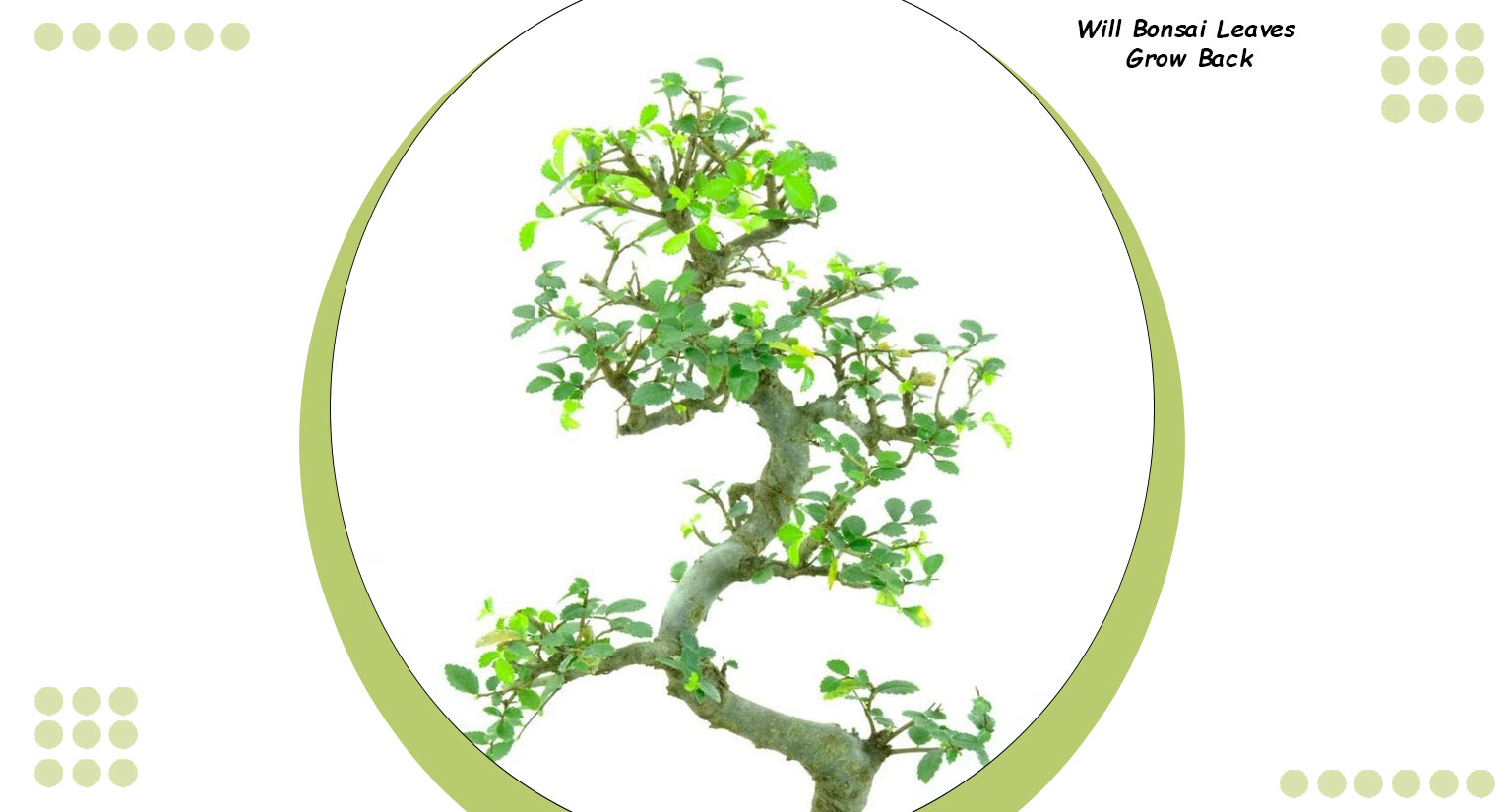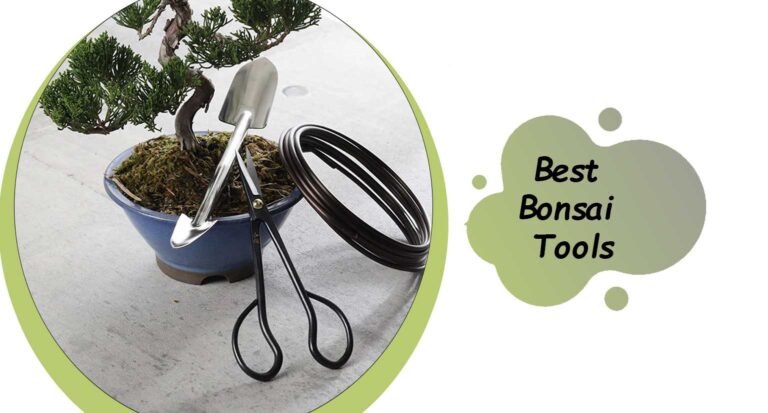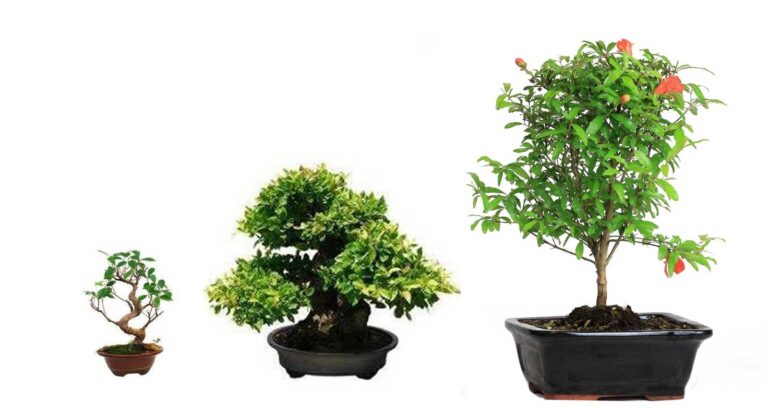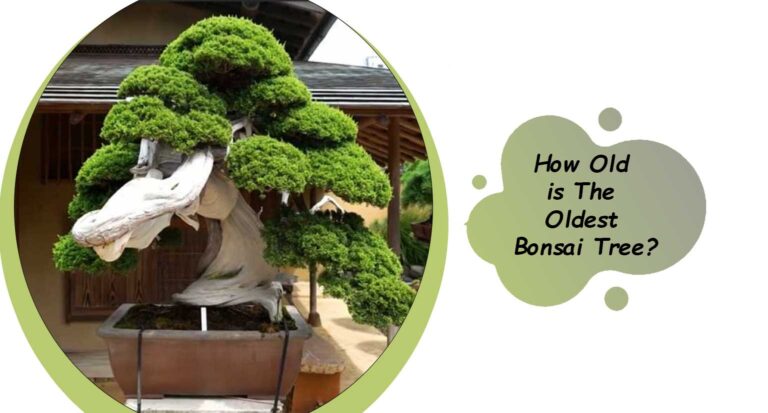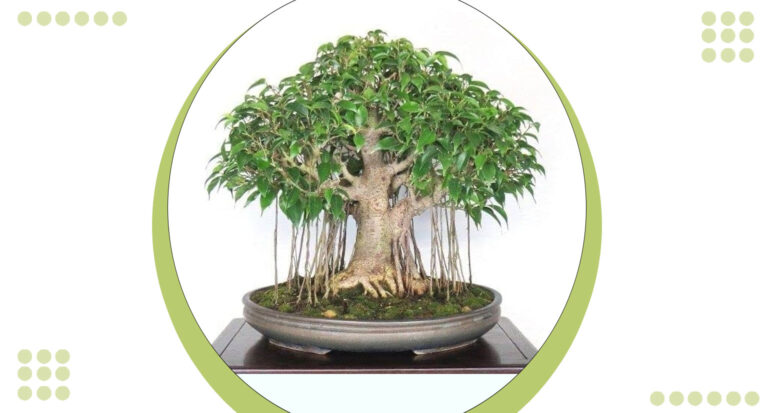Will Bonsai Leaves Grow Back?
Bonsai trees are not just plants; they are living works of art. Their delicate leaves are a source of pride for their owners. However, accidents and mishaps can happen, causing the leaves of your beloved bonsai to fall off or become damaged.
In this article, we’ll delve into the fascinating world of bonsai leaves and answer a common question: “Will bonsai leaves grow back?” Let’s explore the factors, tips, and insights you need to know to keep your bonsai looking its best.
What Happens If My Bonsai Loses All Its Leaves?
When your bonsai tree suddenly sheds all its leaves, it can be a cause for concern. However, understanding the underlying reasons and taking appropriate action is crucial.
Here, we’ll explore the potential causes of leaf loss in bonsai trees and provide insights on how to address this issue effectively.
Environmental Stress
Environmental factors, such as extreme temperatures, inadequate light, or sudden changes in conditions, can lead to leaf drop in bonsai trees. Learn how to create an optimal environment for your bonsai to prevent further leaf loss.
Overwatering or Underwatering
Improper watering is a common cause of leaf loss. Discover the right watering practices for your specific bonsai species and how to identify and correct watering issues.
Disease and Pests
Bonsai trees can fall victim to diseases and pests that affect their leaves. We’ll discuss common leaf problems, their causes, and methods to combat these issues effectively.
Reasons behind leaf loss in bonsai trees is the first step in nursing your cherished tree back to health and ensuring its leaves grow back.
Can I Bring My Bonsai Tree Back to Life?
Losing all the leaves on your bonsai tree can be distressing, but it doesn’t necessarily mean the end of your cherished tree’s life.
Bonsai trees are resilient, and with the right care and attention, you can often encourage new growth and revive your bonsai. Let’s explore the steps and strategies to breathe new life into your bonsai tree.
Assess the Health of Your Bonsai
First, you need to assess the overall health of your bonsai tree. Determine if the root system and trunk are still healthy, as this will greatly impact the tree’s ability to recover.
Pruning and Trimming
Careful pruning and trimming can stimulate new growth in your bonsai. Learn how to prune your tree effectively to encourage the development of new leaves.
Provide Optimal Care
Ensure that your bonsai receives the right amount of light, water, and nutrients. We’ll provide guidance on the best practices for taking care of your tree during its recovery.
Be Patient
Reviving a bonsai tree is a gradual process. Patience is key, as it may take some time for new leaves to emerge. We’ll discuss what to expect during this recovery period.
With the right approach and commitment, it’s possible to bring your bonsai tree back to life and enjoy the beauty of its leaves once more.
How Do You Treat a Bonsai That Is Losing Leaves?
If your bonsai tree is experiencing leaf loss, taking prompt and appropriate action is essential to prevent further damage and encourage new growth.
In this section, we’ll discuss the steps you can take to treat a bonsai that is losing leaves and promote its recovery.
Identify the Underlying Issue
The first step in treating a bonsai with leaf loss is to identify the root cause. Is it due to environmental stress, pests, disease, or improper care? Understanding the problem is crucial to implementing the right solution.
Adjust the Environment
Depending on the issue, you may need to make changes to the bonsai’s environment. This could involve adjusting light, temperature, humidity, or airflow to create an ideal setting for leaf recovery.
Pruning and Trimming
Pruning and trimming can remove damaged or dead branches and encourage new growth. We’ll provide guidance on the right techniques and timing for pruning your bonsai.
Pest and Disease Control
If pests or diseases are responsible for leaf loss, learn how to identify and treat these issues effectively to protect your bonsai’s remaining leaves.
Water and Nutrient Management
Proper watering and nutrient management are vital for leaf recovery. We’ll discuss the best practices for watering and fertilizing your bonsai to support leaf growth.
Treating a bonsai that is losing leaves requires a combination of careful diagnosis, appropriate action, and ongoing care. By addressing the underlying issues and following these steps, you can help your bonsai regain its lush and healthy appearance.
Should I Water My Bonsai Every Day?
Watering is a critical aspect of caring for your bonsai tree, but the frequency of watering can vary depending on several factors.
In this section, we’ll discuss the considerations and guidelines for determining how often you should water your bonsai to maintain its health and vitality.
Bonsai Species Matters
Different bonsai species have varying water requirements. Some species prefer slightly drier conditions, while others thrive in consistently moist soil. We’ll help you understand the specific needs of your bonsai species.
Soil Type and Drainage
The type of soil your bonsai is planted in and its drainage capabilities play a crucial role in determining the watering frequency. We’ll explain how to choose the right soil and ensure proper drainage for your tree.
Environmental Factors
Environmental conditions, such as temperature, humidity, and light, can influence how quickly the soil dries out. Learn how to adjust your watering schedule based on the season and local climate.
The Finger Test
One effective way to determine if your bonsai needs water is by using the “finger test.” We’ll describe how to perform this test and interpret the results.
Consistency and Observation
Consistency in your watering routine is essential, but it’s equally important to observe your bonsai for signs of overwatering or underwatering. We’ll provide tips on what to look for.
There is no one-size-fits-all answer to whether you should water your bonsai every day. Instead, you should consider the unique needs of your bonsai tree, the type of soil it’s planted in, and the environmental conditions to create a watering schedule that promotes its well-being.
Will Bonsai Leaves Grow Back?
The ability of bonsai leaves to grow back largely depends on various factors and the specific circumstances surrounding leaf loss.
In this section, we’ll explore the possibilities of whether bonsai leaves will regrow and what you can do to encourage this rejuvenation.
Health and Resilience of the Bonsai
The overall health and resilience of your bonsai tree play a significant role in whether its leaves will regrow. Discover the signs of a healthy bonsai and how it impacts leaf recovery.
Appropriate Care and Attention
Providing your bonsai with the right care and attention is vital for leaf regrowth. Learn the key practices and techniques to nurture your bonsai back to a leafy, vibrant state.
Patience and Time
Patience is a virtue in the world of bonsai. The regrowth of leaves may take time, and it’s essential to understand the expected timeline for seeing new foliage.
Prevention and Future Care
To ensure your bonsai’s leaves continue to thrive, we’ll discuss preventive measures and ongoing care practices that will help maintain the health and beauty of your tree.
There’s no guaranteed answer for every situation, understanding the factors that influence leaf regrowth and taking appropriate action can improve the chances of seeing lush, green leaves on your beloved bonsai once again.
Conclusion
In the world of bonsai, the ability of leaves to grow back is a topic that depends on a variety of factors. While it’s possible to encourage leaf regrowth with the right care and attention, patience is essential.
By understanding your bonsai’s specific needs, providing proper care, and addressing the root causes of leaf loss, you can enhance the chances of seeing your bonsai thrive with lush, vibrant leaves once more.
Always remember that bonsai care is a journey that requires dedication and a deep connection with these living works of art.

